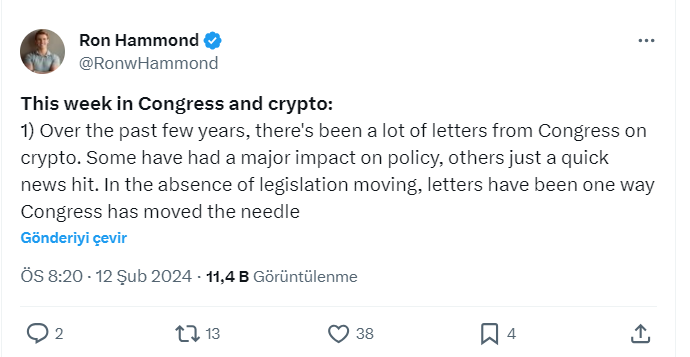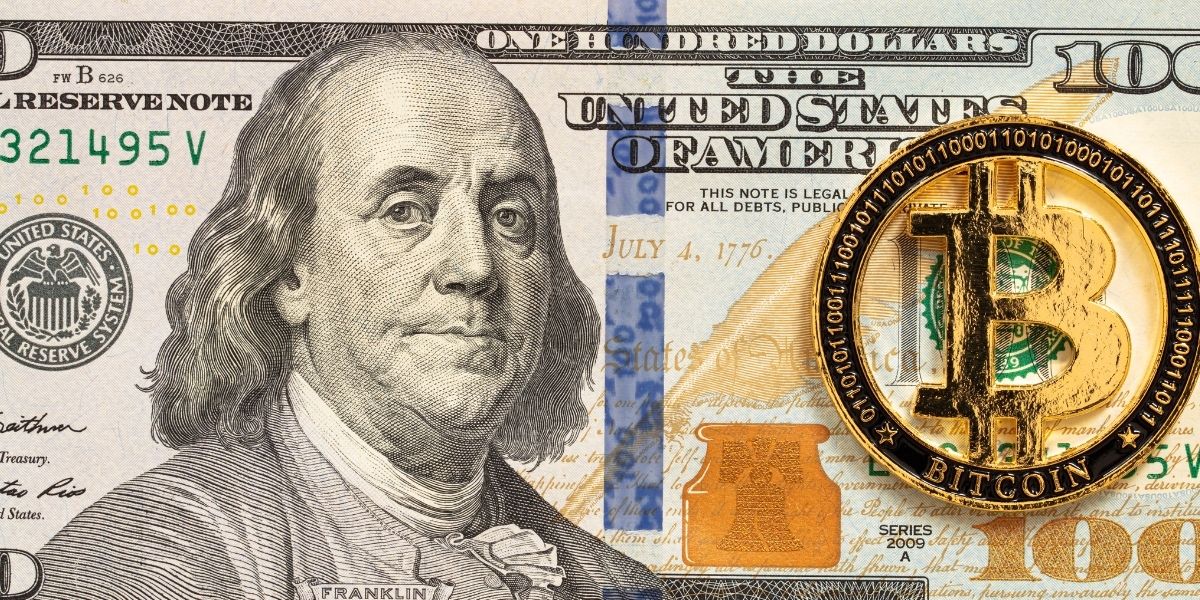Bitcoin price soared to $50,334 and was trading at $49,970 at the time of writing. Seeing a rapid rise again is encouraging, but it’s important to remember it won’t last forever. Investors who remembered this tied their BTC sales to a satisfying level, yet the price did not drop as feared. Meanwhile, altcoins have already started to stir.
Bitcoin and the Latest Developments
In the coming hours or days, if BTC continues to consolidate around its current level, we may see more rises in altcoins. We shared CoinShares’ latest report with you hours ago. The crypto market saw a net inflow of $1.1 billion last week, reaching a total net inflow of $2.8 billion since the January 11 launch. An inflow nearing $3 billion in a month bodes well for long-term expectations.
The recent surge didn’t surprise popular crypto analyst Rekt Capital, who found the movement above $49,000 to be normal. According to him, the signs were already there. Data from Coinglass shows that the recent sudden increase in Bitcoin price triggered liquidations worth $152 million. Previously, Keith Alan had mentioned that a rapid move to $55,000 over $50,000 could occur and that we could see significant liquidations in valid transactions. Time will tell if he will be proven right.
Cryptocurrency Regulations
Ron Hammond is currently the Director of Government Relations at BlockchainAssn and one of the experts followed within the crypto community. Hours ago, he shared his thoughts on why letters concerning cryptocurrencies from politicians should be taken seriously. For some time now, there have been letters suggesting that terrorist organizations and anti-US countries are gaining strength by using cryptocurrencies.

Hammond provided examples from the past.
“Over the past few years, many letters have come from Congress regarding crypto. Some have had a significant impact on policy, while others just made news. In cases where legislation did not move forward, letters became a way for Congress to initiate change.
What makes a letter from Congress effective? What are some signs to look for? This week, we’ll look at letters sent from Congress to various institutions/groups, the goals of the letters, and the policy actions taken because of these letters.
At a high level, here are some key factors: belonging to the same political party as the executive, the seniority of the member (think Committee Chairman), and broad bipartisan support. How the letter is announced in the media is important both for sending a message and for potential policy change.
An example of both party alignment and seniority is Senator Warren. She has a significant presence in the media and is seen as a leading progressive voice. Her letter last year to the EPA resulted in the EIA issuing a reporting order on the energy use of crypto mining.
A more positive example could come from Senator Ted Budd. While in the House of Representatives, he sent a letter to the then-Republican SEC Chairman about the application of federal securities law to digital assets. The response from the SEC officially recognized Bitcoin as a commodity.
Sometimes letters aim to provide a political cover for institutions to take policy action. For instance, a letter from Representatives Darren Soto and Tom Emmer regarding Bitcoin ETFs. Imagine how different this area would look if Gensler had followed their bipartisan leadership.
These are just a few examples of letters written about crypto over the years. Some have had a significant impact on policy. Others have contributed to the noise on Twitter. However, letters can facilitate progress and should not be overlooked, especially when legislation is mired in politics.”

 Türkçe
Türkçe Español
Español








